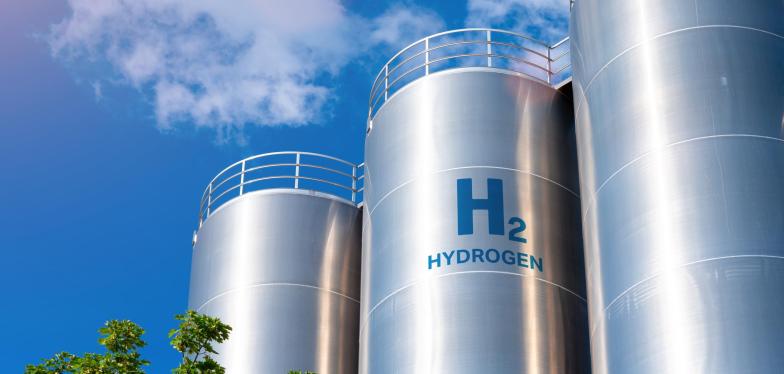Blue hydrogen plant for North Sea Port Ghent?
Green hydrogen, made from green electricity, has the wind in its sails. But energy giants Equinor and Engie see a greater use for blue hydrogen, which is also clean and is produced from natural gas and CO² capture. An investment of billions beckons for the port of Ghent.

How would this blue hydrogen be generated? The plan is to bring natural gas from Norway to Ghent, capture 95% of the CO₂ released there and send it back to Norway by pipeline. There, the greenhouse gas can then be safely stored in the porous rock formations in the North Sea floor. The CO₂ comes out of the ground and must therefore go back in, so the reasoning goes.
The H₂BE project from Norway's Equinor and France's Engie has passed the feasibility test. If further processing goes according to plan, the production site should be able to begin operation in 2028 or 2029. For Flanders, it would already be a pioneering project, involving an investment of some 1 billion euros. It is targeting a capacity of 1,000 megawatts – as much as a nuclear power plant – and an annual production of 8.4 terawatt-hours of hydrogen. Equinor believes that this blue hydrogen is also more scalable and works out cheaper than green.
Industrial demand for blue hydrogen would certainly not be lacking. However, the energy companies are counting on support from the Flemish and European governments to make clean hydrogen competitive.